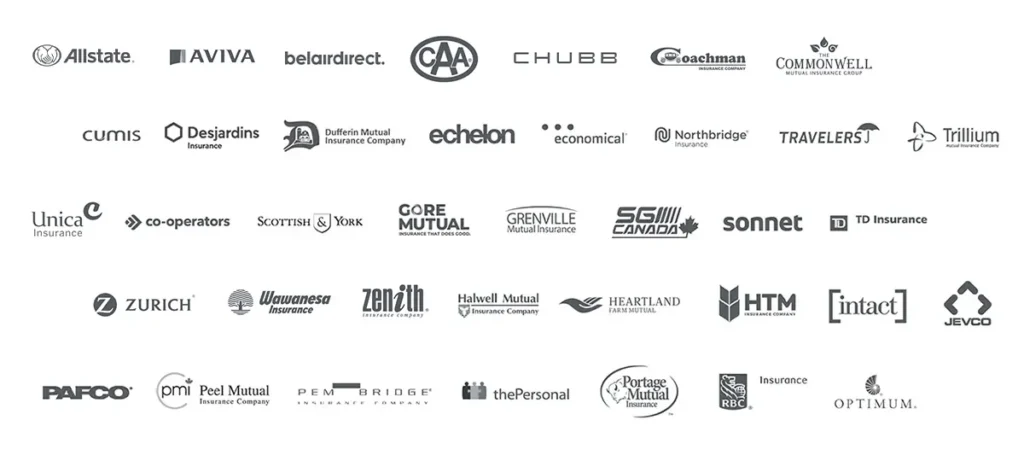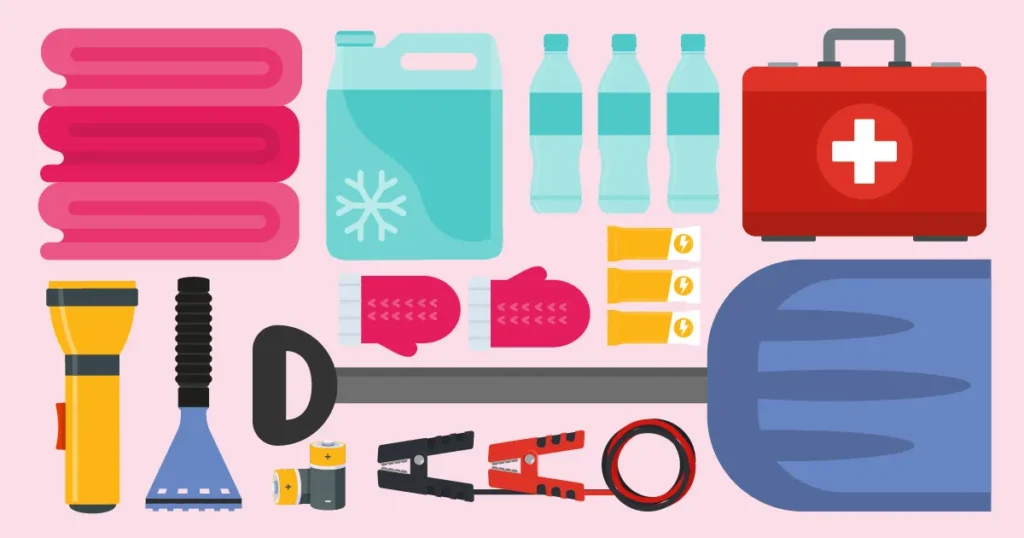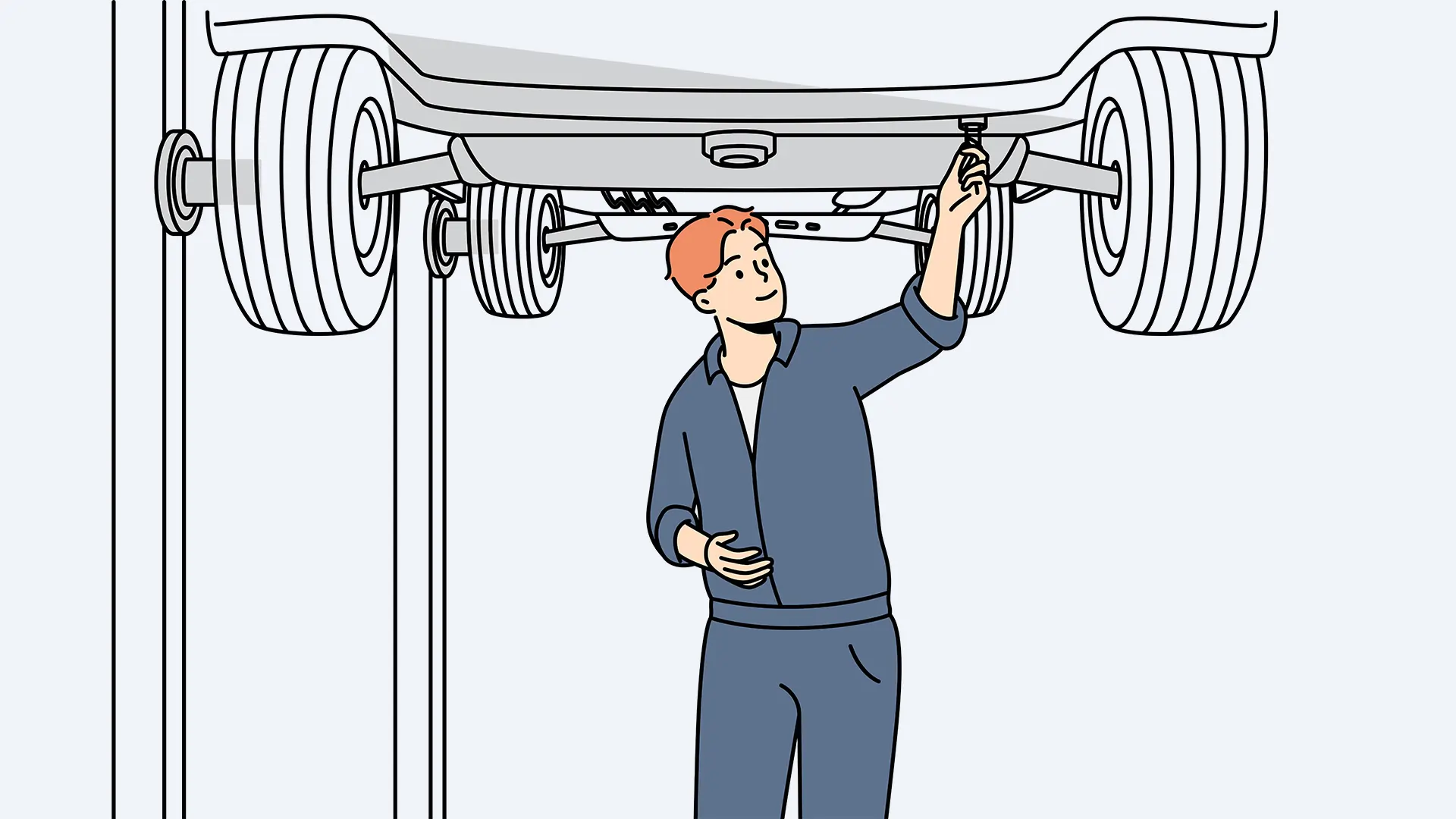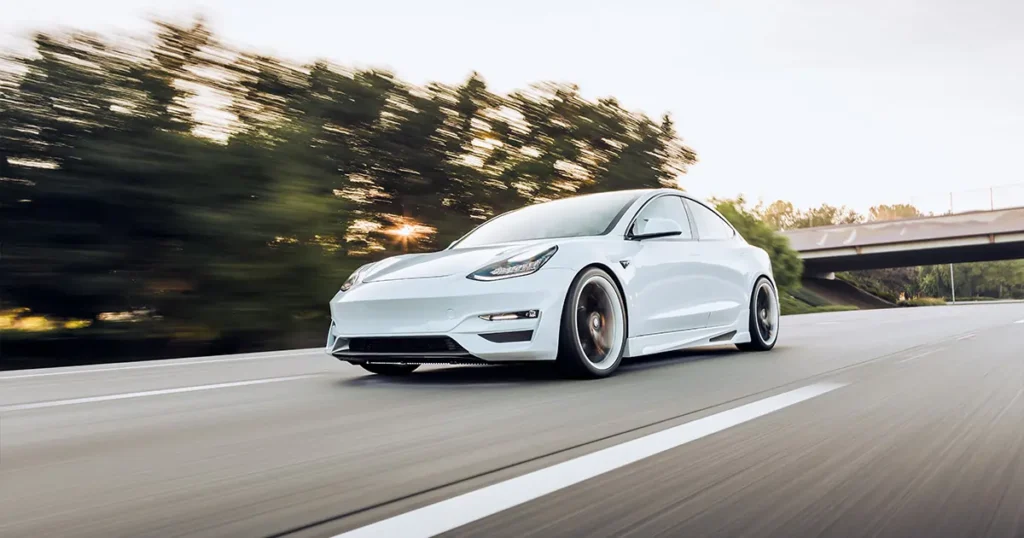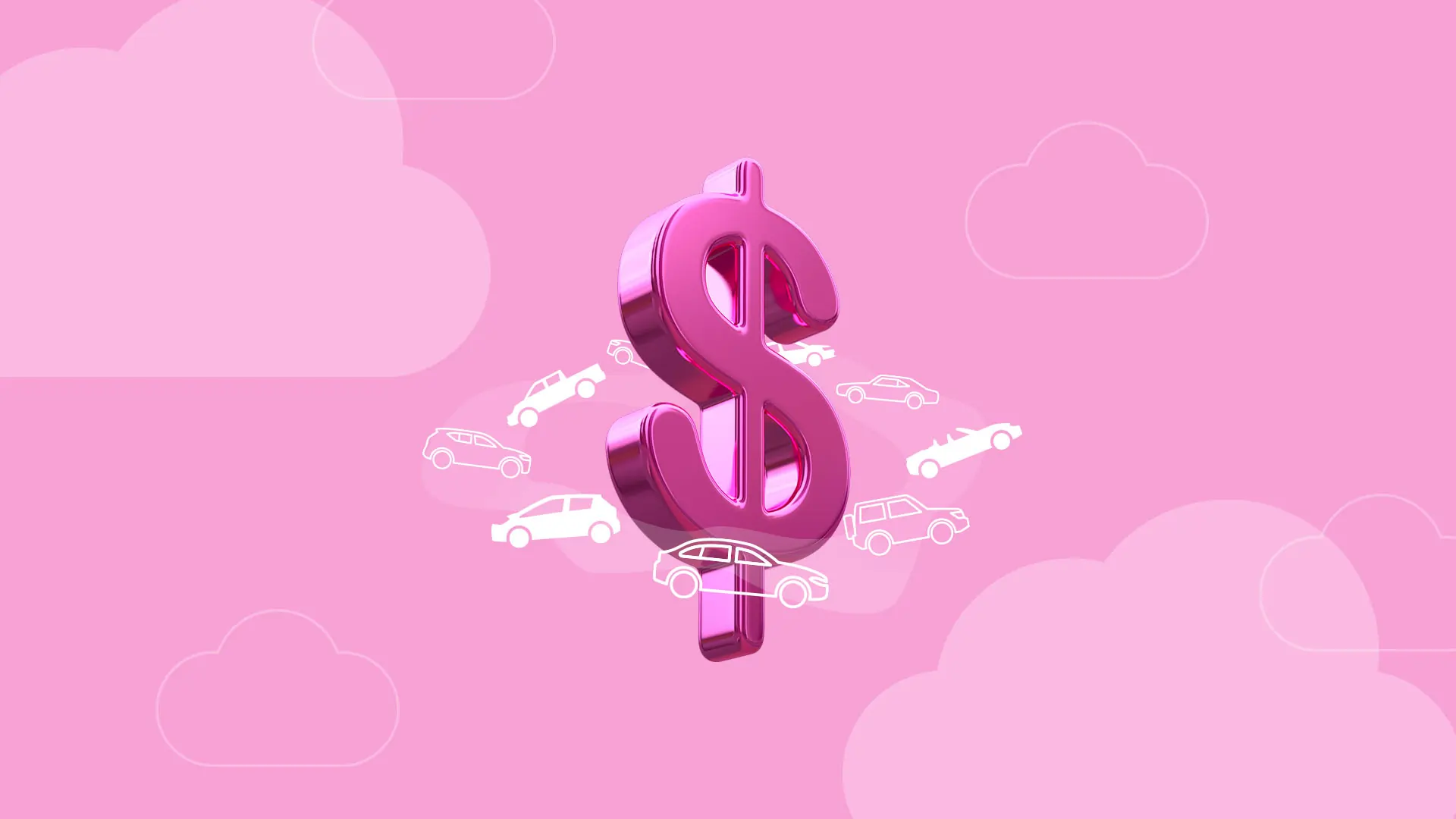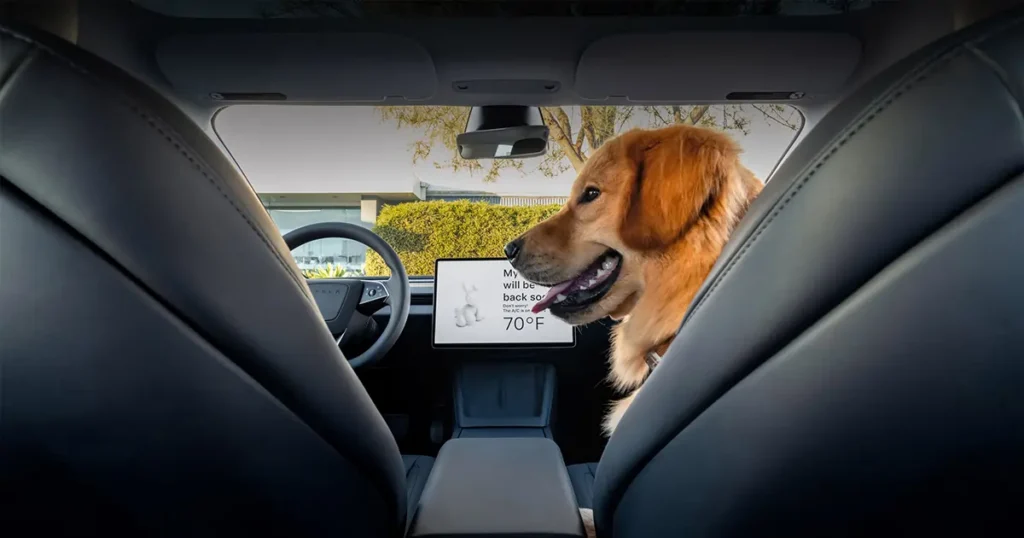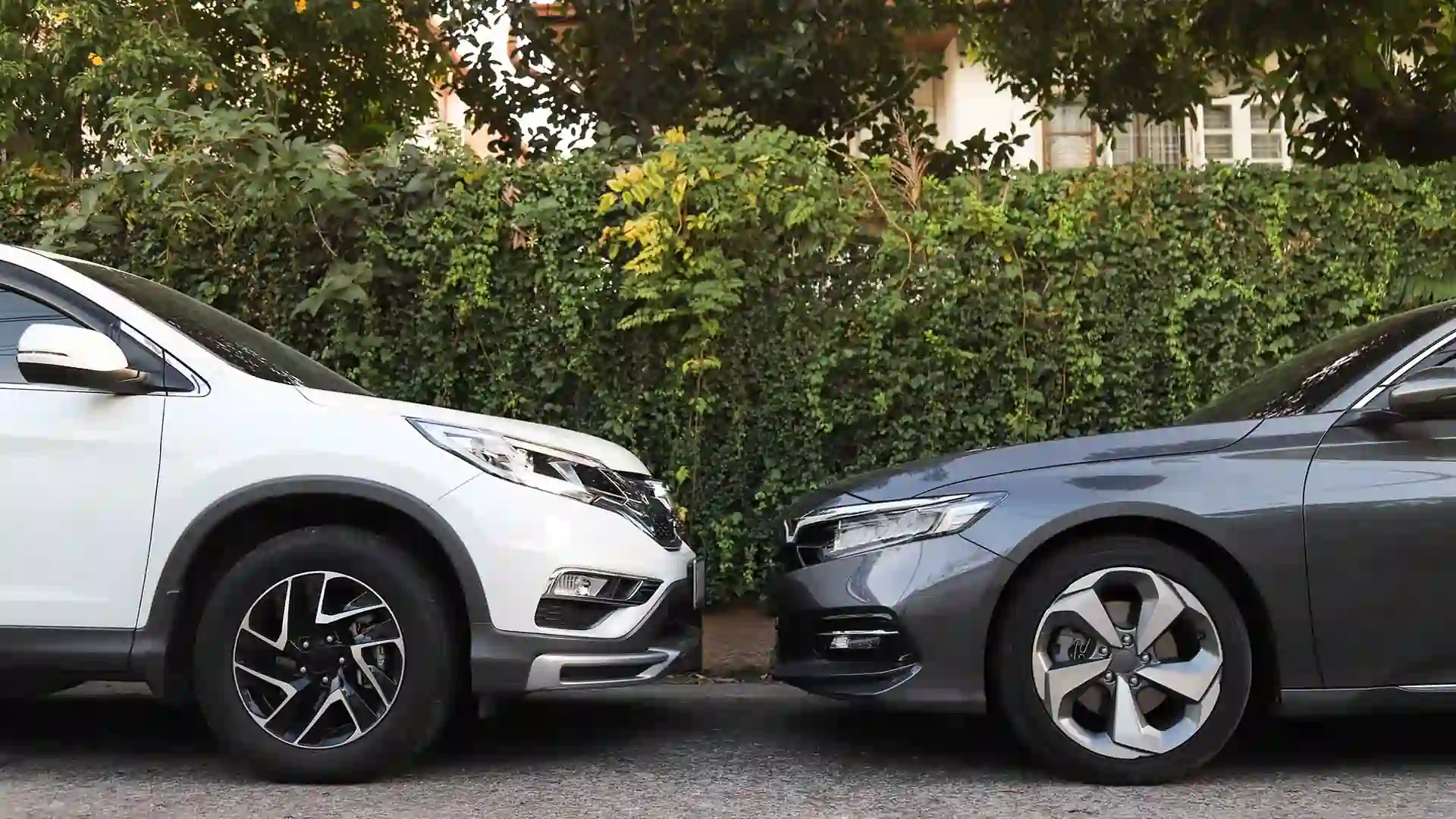What to know about auto insurance and winter tire discounts
October 26, 2025
With temperatures beginning to dip, people are starting to check tasks off their winter to-do list – sealing drafty windows, tuning-up their furnaces and stocking up on road salt. For many Canadians, another common winter ritual is swapping out summer tires for winter ones.
A 2024 Winter Tire Report by the Tire and Rubber Association of Canada shows that 78% of Canadians rely on winter tires to help them tackle icy roads. What many people may not realize, however, is that installing winter tires isn’t just a smart safety move – it can also lower your auto insurance premiums.
Here’s what drivers need to know about winter tire insurance discounts, qualification requirements and the potential pitfalls of falsely claiming the discount.
Why do insurers provide winter tire insurance discounts?
Thanks to snow, ice, slush and poor visibility, winter is a major risk factor for car accidents in Canada.
Winter tires are specifically designed with special rubber that remains flexible and doesn’t harden at temperatures below 7 degrees Celsius. They also feature deep, intricate treads that perform well and maintain a better grip on icy roads than summer or even (so called) all-season tires.
Those winter-specific treads mean that you’ll need less distance to stop when braking, an especially important feature on icy roads where rear ending a fellow driver becomes more likely. Recognizing the safety benefits of snow tires, Ontario began requiring insurance companies in the province to provide a discount to all drivers who buy and install them in 2016.
How much can winter tires save you on your auto insurance?
All insurance companies in Ontario offer a winter tire discount. The discount amount depends on your insurance provider.
Discounts vary between insurance companies, but they tend to range between 1 – 5%, with most insurance providers giving drivers somewhere around 2.5%
, says Alex Gemmiti, a service manager at Mitch Insurance, adding that when it comes to discounts, even the small ones can add to big savings over time.
Gemmiti also explains that for most insurance companies, the discount doesn’t depend on the age of the tires. While a few carriers have rules about tire age, the majority offer the discount regardless of whether your winter tires are new or used.
How to get a winter tire discount on your auto insurance
The best way to know if you qualify for a winter tire discount is to speak to your insurance broker or insurance provider.
Different companies tend to have different criteria,
says Gemmiti. For most insurance providers, they simply require verbal confirmation that the vehicle has a separate set of four winter-rated tires installed during winter months. With that verbal confirmation, an insurance broker can add that discount effective immediately.
When it comes to keeping the discount yearly, it’s possible that an insurance company may ask for receipts or photos to ensure the owner remains eligible. We don’t see this very often, but on occasion we’ve helped clients maintain their discount by providing updated photos or receipts. We always recommend letting us know when you purchase new tires so we can let your insurance provider know. We also keep copies of receipts on file, so you don’t have to worry about finding that receipt in the future.

What qualifies as a winter tire?
Of course, to get the discount, you’ll need to ensure you buy the proper kind of tire. Gemmiti also points out that insurance brokers can help clients find out if their provider gives a discount and how to navigate specific requirements to maximize these savings.
To qualify for the discount, the vehicle must have a separate set of four winter tires bearing the Transport Canada designation symbol of a snowflake inside a mountain peak or equivalent – which is also known as the three-peak mountain snowflake or 3PMSF symbol.
Gemmiti is quick to warn, All season tires don’t count.
When do you have to change your tires?
It’s not enough to have snow tires. You’ve also got to make sure you put them on your vehicle –
and keep them on – for the mandated time period.
In Ontario, most insurers require that you install winter tires by November 1 and keep them on until sometime in April (with exact dates varying by company, ranging usually between April 15 to the end of the month). To be safe, always ask about your insurance provider’s specific winter tire date requirements.
If you’re using winter tires for your own peace of mind rather than for a break on insurance premiums, experts suggest that a good rule of thumb for usage is to put them on once the temperatures consistently dip below 7 degrees Celsius. At this temperature, the rubber on summer and all-season tires tends to harden and does not perform optimally so it’s time to switch them out for your winter tires.
What happens if you’re in an accident and you don’t have your snow tires on?
Accidents happen to even the best drivers. What if you’re in a collision in winter and you haven’t yet had a chance to put on your tires – or, worse yet – you’ve misled your insurer and don’t have officially recognized snow tires?
If you’re late putting on your tires or lied about having them, it could seriously complicate your claim even if the accident wasn’t your fault. Gemmiti emphasizes that honesty is key to avoiding a bad situation.
Each incident of this nature is handled on a case-by-case basis, so it’s difficult to generalize,
he says. Typically, we recommend ensuring you meet all criteria to maintain the discount, including having the appropriate type of tire installed for the duration of prescribed period. This is the only way to ensure that in the event of a winter accident, there is no cause to worry. After all, peace of mind is what you’re paying for.
Misrepresenting your vehicle, whether by accident or otherwise, could negatively impact your coverage, as well as have implications on your policy status and future eligibility. If you’re not sure you can commit to having your winter tires installed on time, it’s best to advise your insurance broker.
Have questions about winter tire discounts or other ways to save on your auto insurance? Give Mitch Insurance a call.
Looking for car insurance?
Speak with a Mitch Insurance broker today to get a quote on Ontario auto insurance.
Call now
1-800-731-2228








